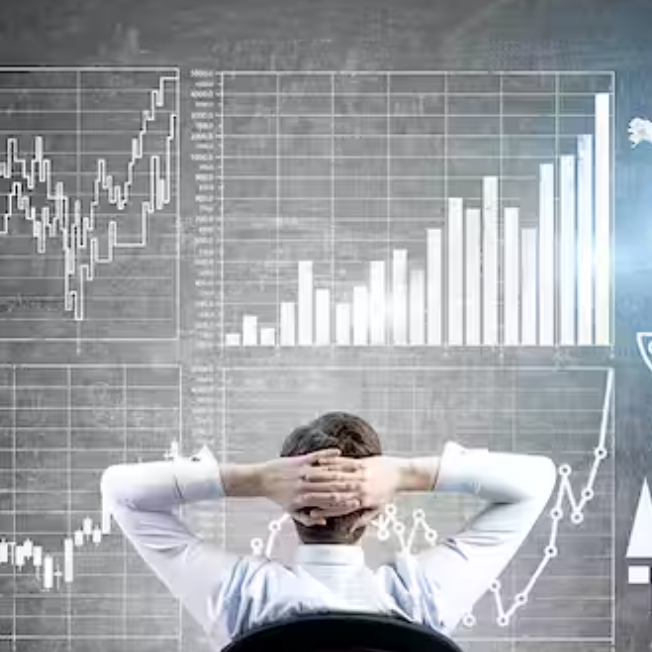Zorro Trader is a popular trading platform used by retail investors to execute trades in the NYSE after-hours trading session. This article aims to provide an analysis of Zorro Trader’s effectiveness and efficiency in this specific trading period. By evaluating the pros and cons, potential traders will gain a better understanding of the benefits and limitations of using Zorro Trader for NYSE after-hours trading.
An Analysis of Zorro Trader’s NYSE After-Hours Trading
Zorro Trader’s ability to facilitate trading in the NYSE after-hours session is a significant advantage for retail investors. This extended trading session allows investors to react to news and events that occur outside regular market hours, potentially capitalizing on market movements that could affect their positions. Zorro Trader provides a user-friendly interface and intuitive tools that allow traders to monitor prices, place orders, and track their portfolio, making it a reliable platform for after-hours trading.
However, it is crucial to consider the potential drawbacks of utilizing Zorro Trader for NYSE after-hours trading. One significant limitation is the reduced liquidity during this trading session, which can lead to wider spreads and greater volatility. This can make it more challenging for retail investors to execute trades at their desired prices, potentially resulting in significant slippage. Additionally, the availability of certain order types may be limited, potentially restricting traders’ flexibility in managing their positions. These factors must be carefully considered and evaluated before deciding to trade on Zorro Trader during the NYSE after-hours session.
Evaluating the Pros and Cons of Zorro Trader’s NYSE After-Hours Trading
There are several notable advantages to using Zorro Trader for NYSE after-hours trading. Firstly, the platform offers extended trading hours, allowing investors to act on news and events that occur outside regular market hours. This can provide a competitive edge as traders can react quickly to market-moving information and potentially capitalize on price movements. Additionally, Zorro Trader’s user-friendly interface and comprehensive tools enable traders to effectively monitor their positions and make informed decisions during the after-hours session.
Nevertheless, there are also disadvantages that should be considered when using Zorro Trader for NYSE after-hours trading. Reduced liquidity during this trading period can lead to wider spreads and increased price volatility. This can make it more challenging for traders to execute trades at their desired prices, potentially resulting in unfavorable slippage. Furthermore, the availability of certain order types may be limited during the after-hours session, limiting traders’ ability to implement specific trading strategies. These limitations should be carefully evaluated to ensure that Zorro Trader’s after-hours trading meets an individual trader’s specific needs and objectives.
In conclusion, Zorro Trader’s NYSE after-hours trading offers significant advantages, such as extended trading hours and user-friendly tools. Traders can react to market-moving events and potentially capitalize on price movements in this extended trading session. However, it is essential to consider the potential drawbacks, including reduced liquidity and limited order types, which can impact trade execution and flexibility. Retail investors should carefully evaluate their trading goals and risk tolerance before deciding to use Zorro Trader for NYSE after-hours trading, ensuring that it aligns with their specific needs and objectives.
